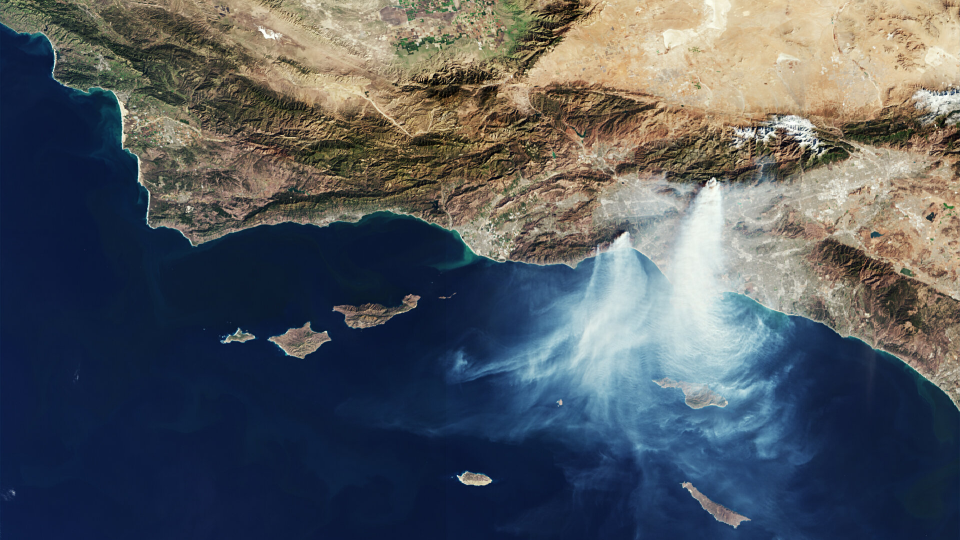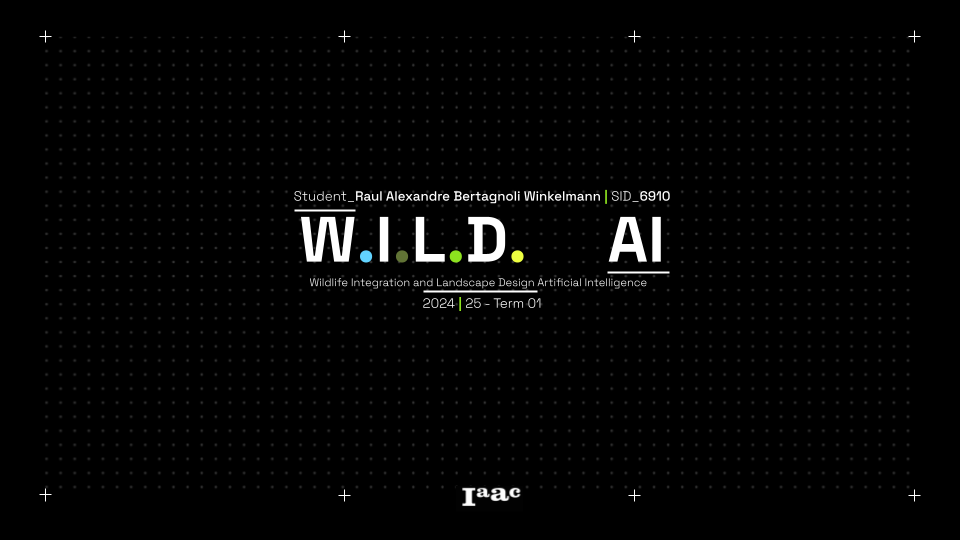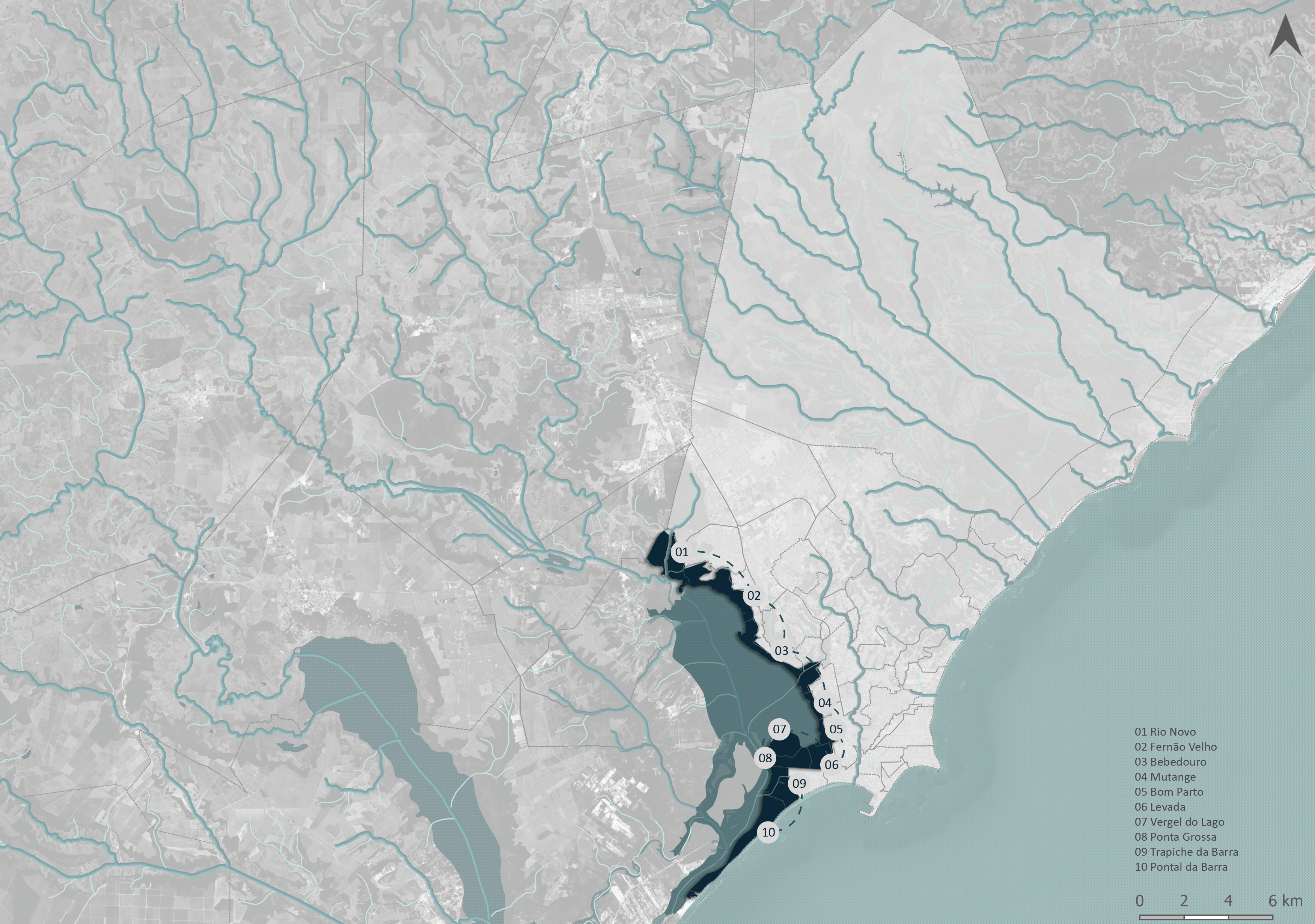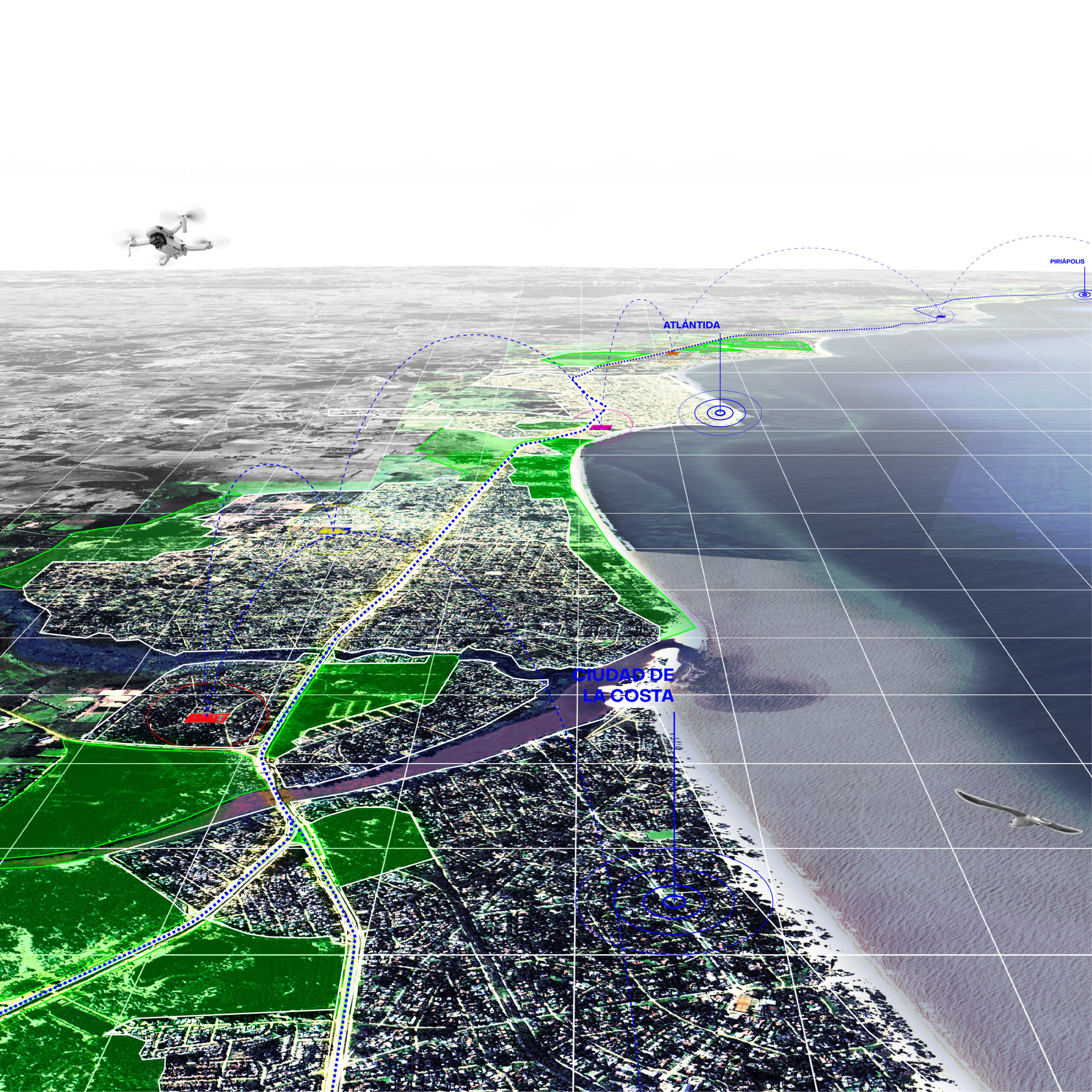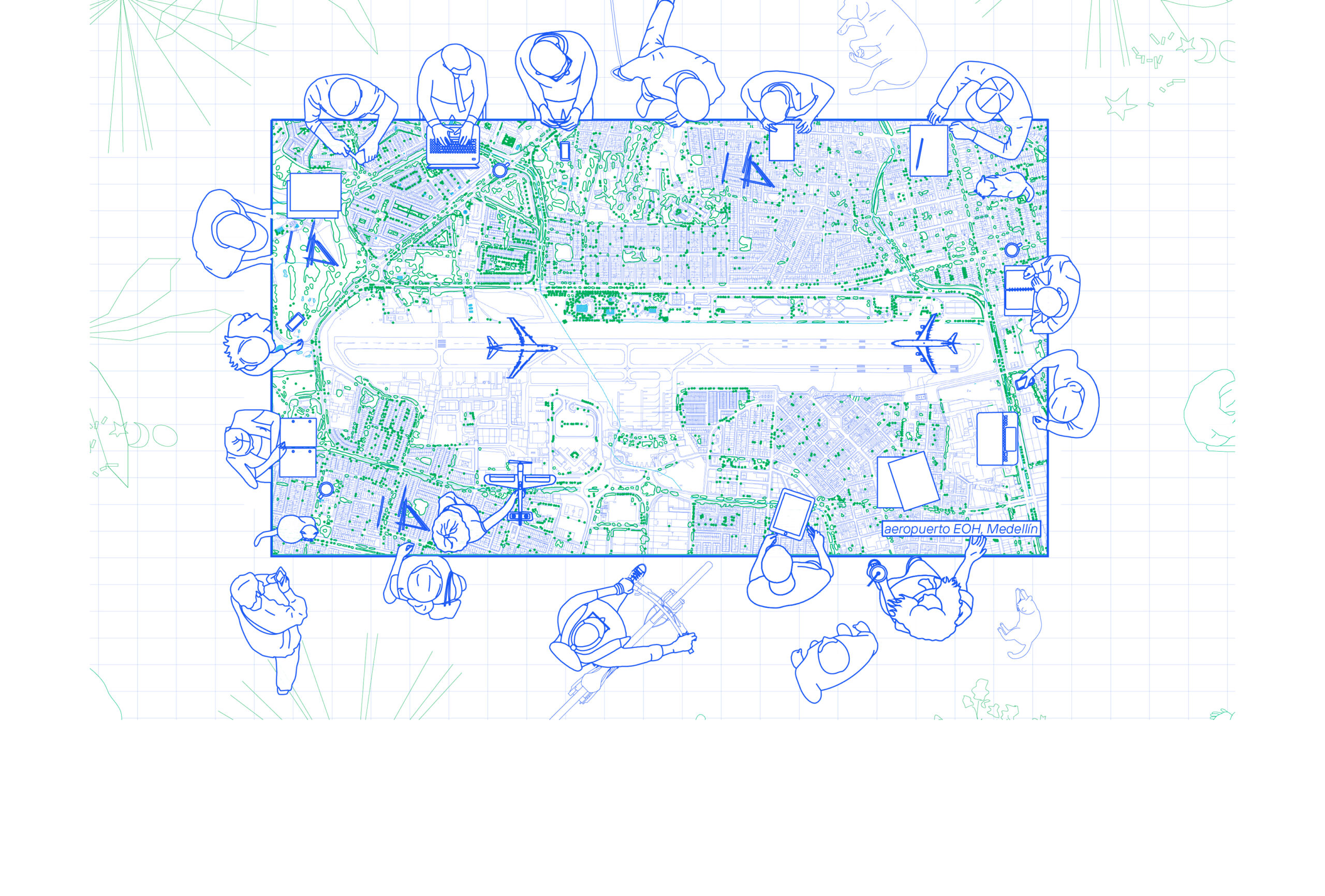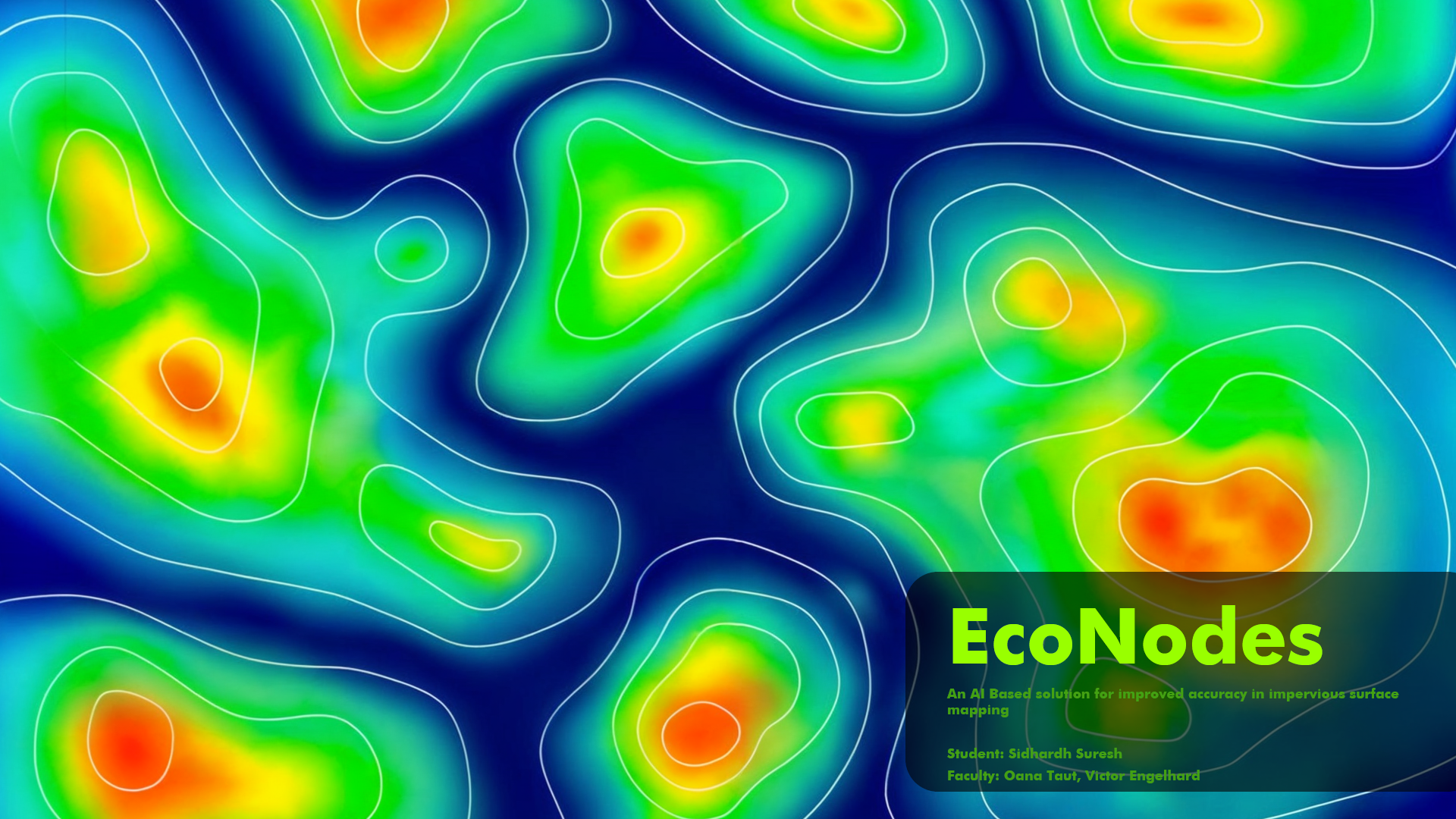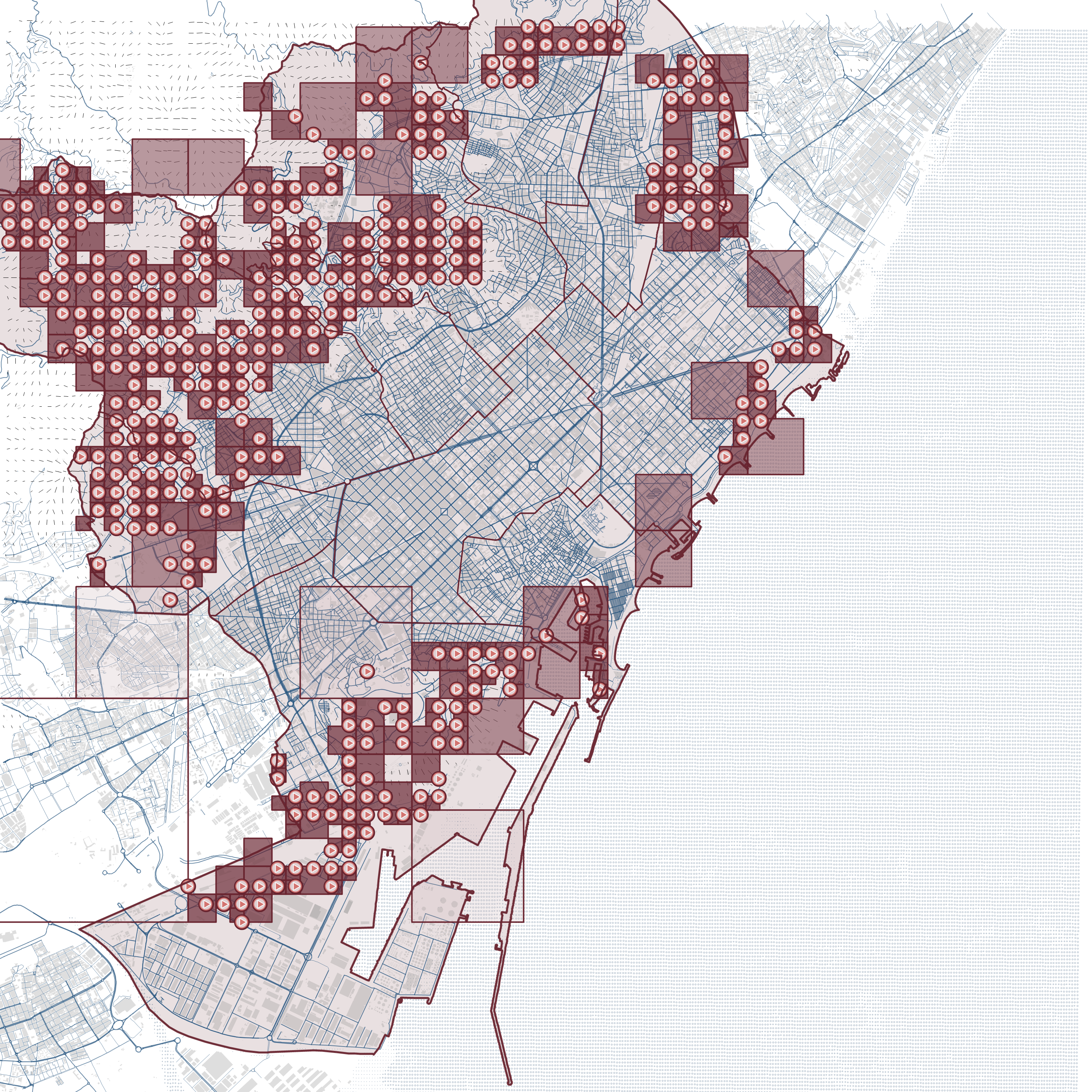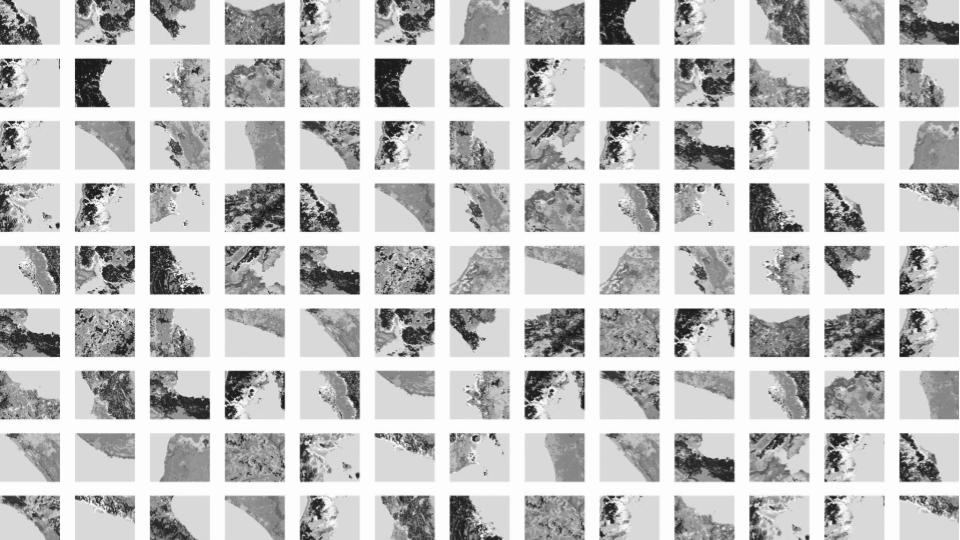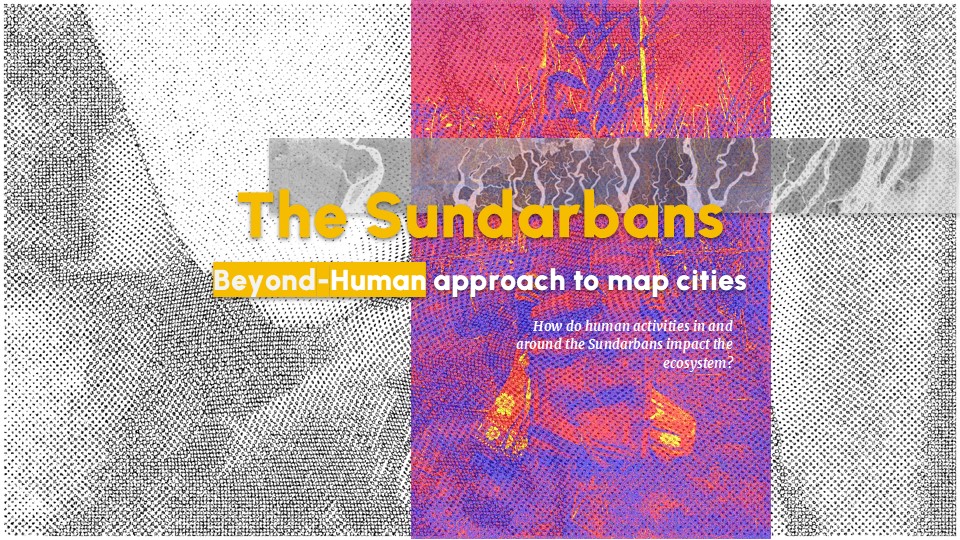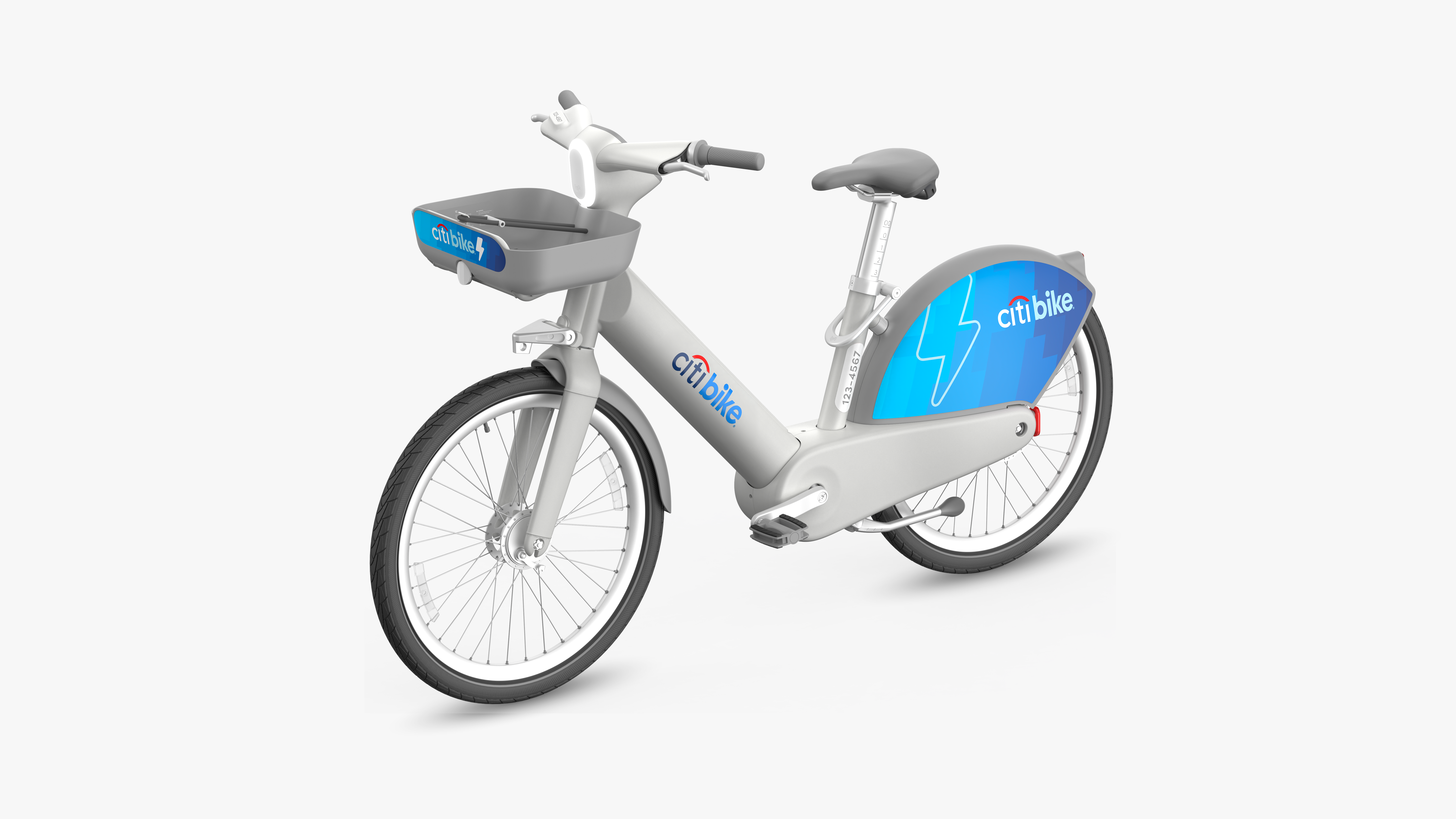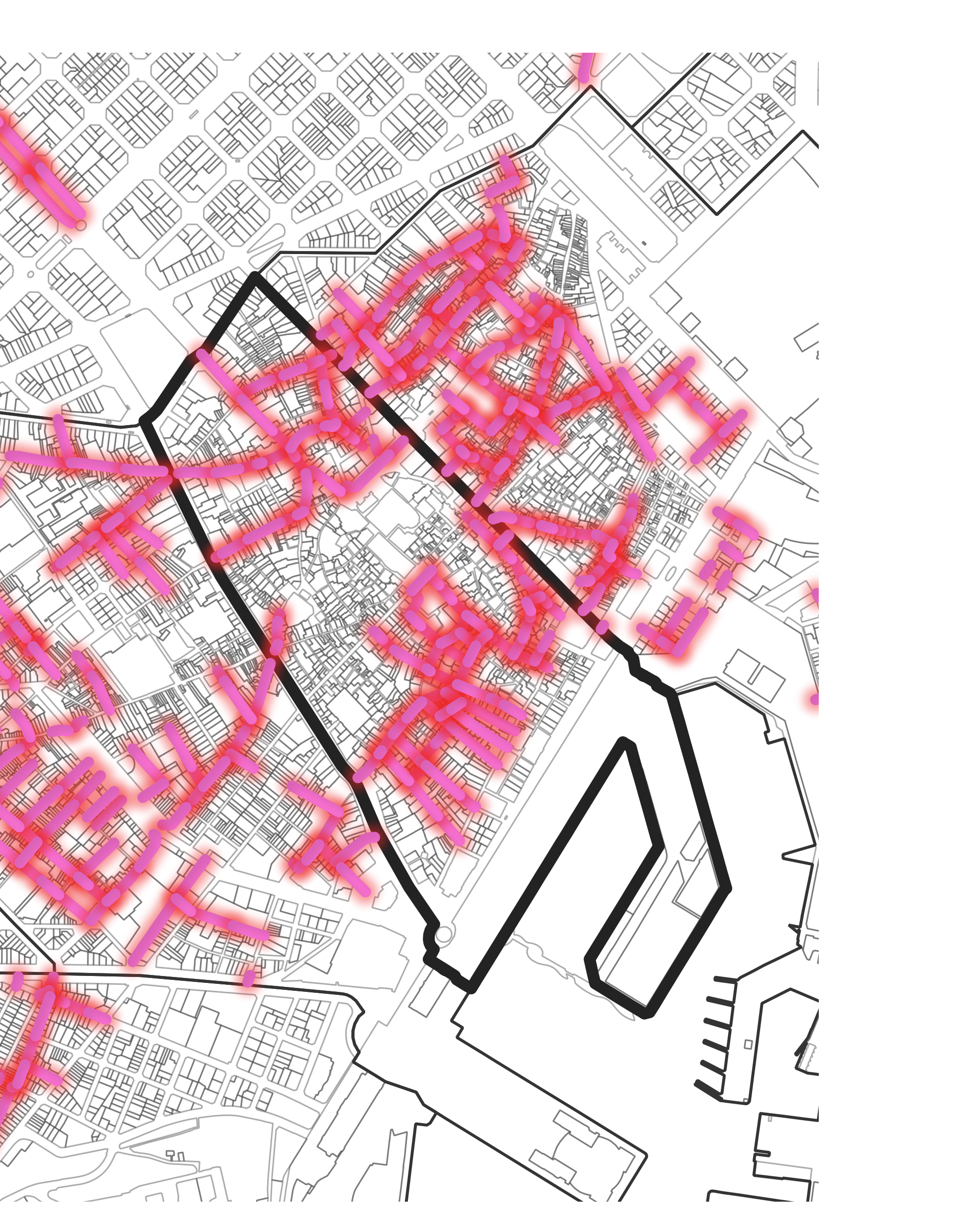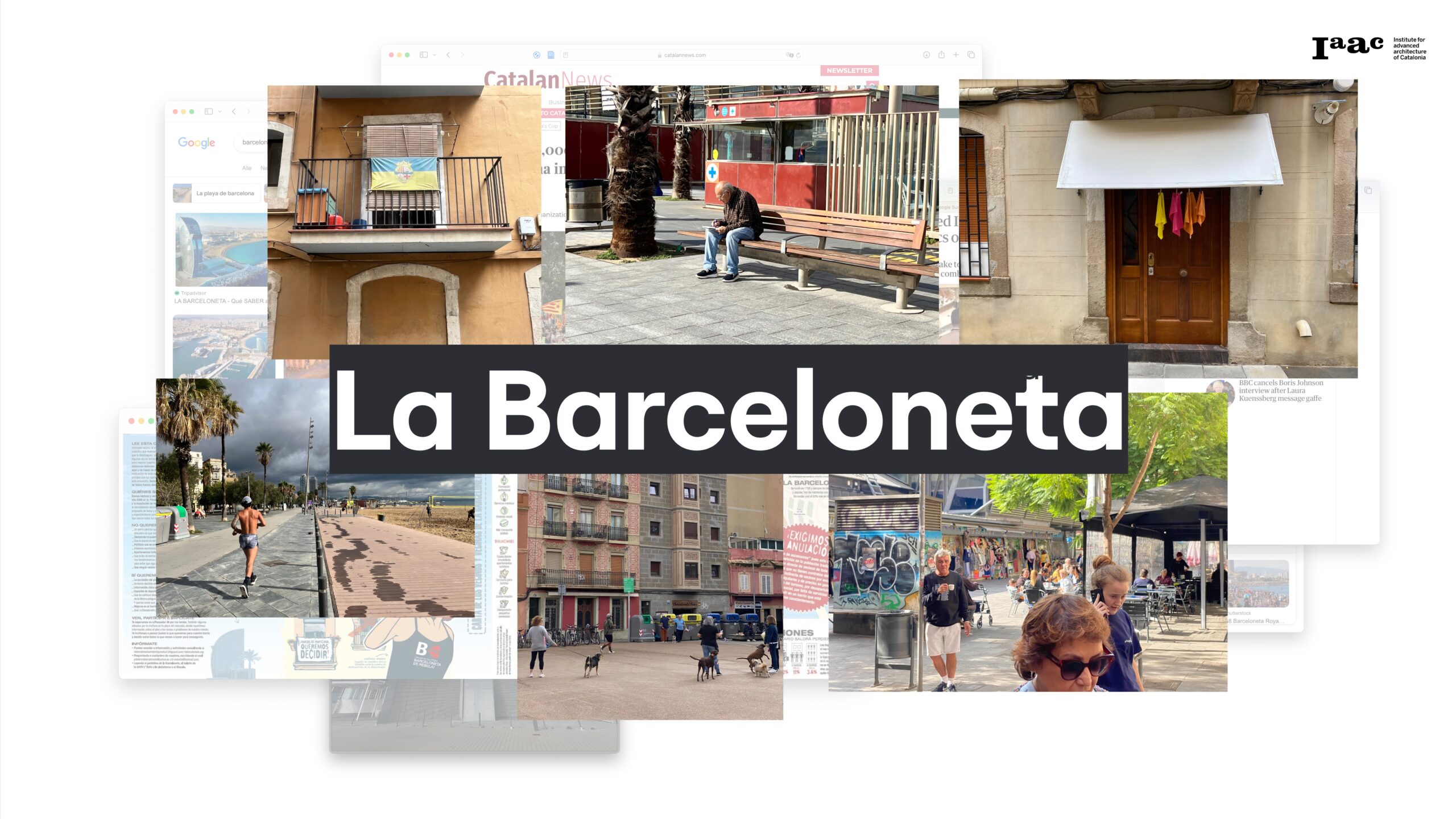The California Wildfires
January brought a challenging start for California, as a series of devastating wildfires swept through the state, endangering lives, destroying homes, and reshaping entire communities. These fires were not only among the most destructive in California’s history but also ranked among the costliest ever recorded in the United States. The scale of destruction was unprecedented, … Read more

